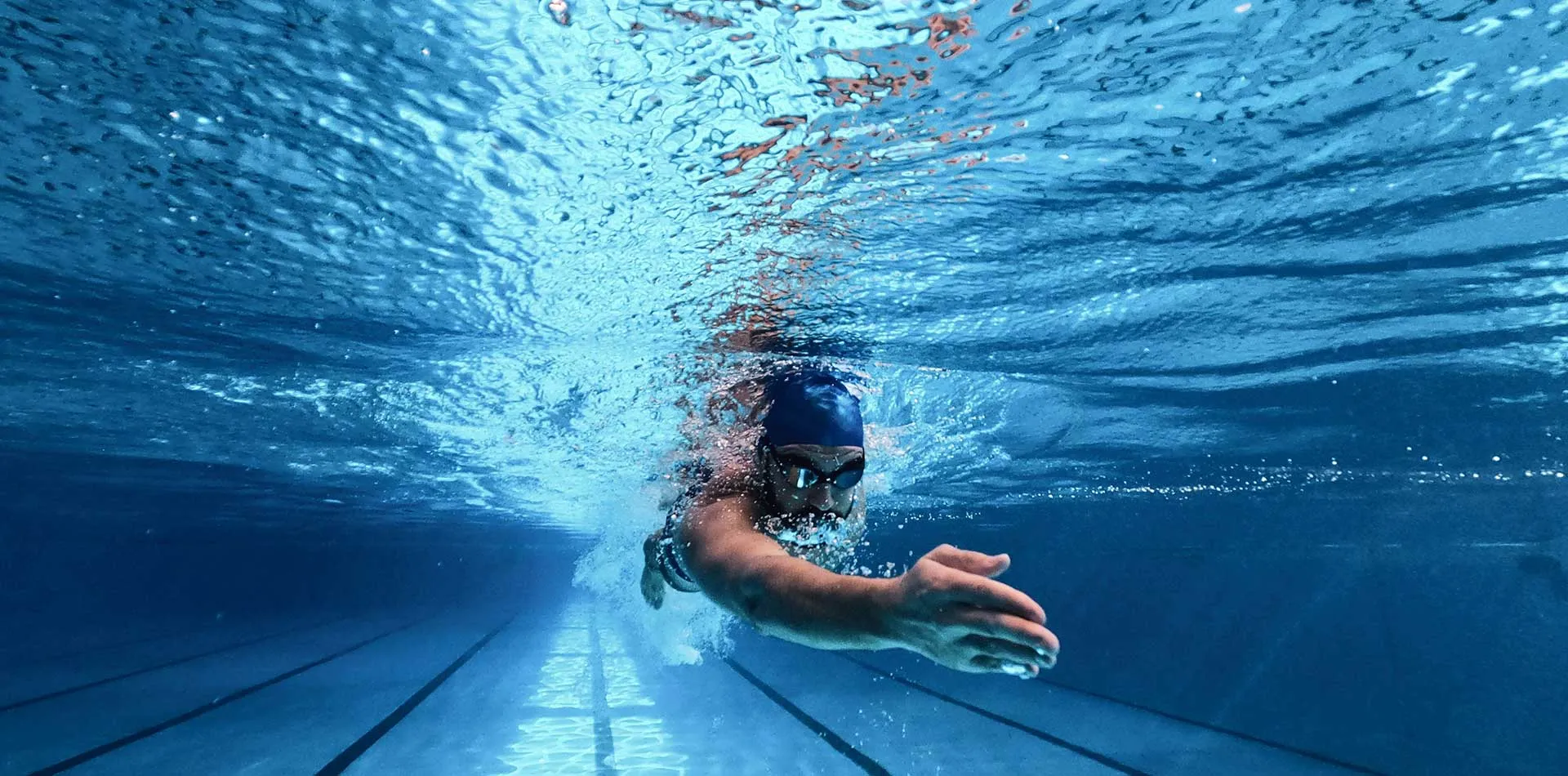Swimmer's ear is the infection in the outer ear canal that runs from the eardrum to the outside of the head—caused due to water that remains in the ear, forming a moist environment, leading to bacteria's growth.
Putting fingers, cotton swabs, or any other object in the ears may also lead to the swimmer's ear due to tearing the thin layer of skin lining in the ear canal. The condition is treated with eardrops, and timely treatment may prevent complications and more severe infections.
Understand the symptoms
Swimmer's ear starts with mild symptoms but can worsen when not treated, and it may spread. The condition is classified as mild, moderate and advanced stages of progression.
Mild condition
Signs of the mild condition is itching in the ear canal, redness inside the ear, mild discomfort that gets more serious by pulling on the outer ear (pinna or auricle) or pushing on the slight bump in front of the ear (tragus) and drainage of clear, odorless fluid.
Moderate progression
Here the itching gets more intense with more pain, extensive redness in the ear, and excessive fluid drainage. Other symptoms include a feeling of fullness inside the ear and partial blockage of the ear canal by swelling, fluid and debris and decreased or muffled hearing.
Advanced progression
In this state, the pain becomes severe pain that radiates to the face, neck or side of the head, causes complete blockage of the ear canal, fever, redness or swelling of the outer ear and swelling in the lymph nodes in the neck.
Consult the doctor
Talk to the doctor even when there are mild signs of swimmer's ear and get immediate medical attention if the pain gets severe and fever happens.
Know the causes
Bacteria causes swimmer's ear infection and, in some unfamiliar conditions, results from a fungus or virus.
The outer ear canals have natural defenses that help keep the ears clean and limit infection. When the natural defenses are defeated, disease occurs. Factors like moisture in the ear canal may form a perfect environment for bacterial growth; exposure to contaminated water and damage to the ear canal's sensitive skin creates an opening for infection.
Recognise the risk
Things that raise the risk of a swimmer's ear include excess moisture in the ear canal due to heavy perspiration, prolonged humid weather or water that remains in the ear after swimming, and exposure to high bacteria levels in contaminated water. Even ear devices, like earbuds or hearing aids, may cause tiny breaks in the skin and cleaning the ear canal with cotton swabs or fingernails can make scratches or abrasions.
Associated complexities
The condition isn't severe when treated immediately; complications occur when left untreated, like:
- a temporary hearing loss - muffled hearing that usually gets better after the infection clears.
- long-term infection (chronic otitis externa) occurs when the symptoms persist for over a month. Chronic illnesses are more common when certain conditions make treatment difficult, like a rare strain of bacteria, an allergic skin reaction or reaction to antibiotic eardrops, skin conditions like dermatitis or psoriasis, or a combination of bacterial and bacterial and a fungal infection.
- deep tissue infection (cellulitis) is a rare complication resulting in the spread into deep layers and connective tissues of the skin.
- bone and cartilage damage (early skull base osteomyelitis) is another rare complication that lets the infection spread to the cartilage of the outer ear and bones of the lower part of the skull, causing increasingly severe pain. Older adults, people with diabetes, or weakened immune systems are prone to risk.
- When swimmer's ear grows into advanced skull base osteomyelitis, the infection spreads and affects other sections of the body, like the brain or nearby nerves, which may be life-threatening.
Measures for prevention
These tips can help prevent swimmer's ear:
• Keep ears dry. After swimming or bathing, tip the head to the side to drain all the water drain from the ear canal. Dry only the outer ear, wiping it gently with a soft towel or use a blow-dryer on its lowest setting, holding it at least a foot away from the ear.
• At-home preventive treatment. Use homemade preventive eardrops of 1 part white vinegar to 1 part rubbing alcohol when you know you don't have a punctured eardrum. It helps to dry and prevent the growth of bacteria and fungi. Before and after swimming, put one teaspoon of this solution into each ear and let it drain back out. Similarly, use over-the-counter solutions, which are available at the drugstore.
• Swim wisely. Never swim in lakes or rivers when there are warnings of high bacteria counts. Also, protect ears with earplugs or a swimming cap when swimming to keep them dry.
• Be cautioned after an ear infection or surgery. Talk to your doctor before swimming, when you have had an ear infection or ear surgery lately.
• Never put foreign objects in the ear. Do not scratch an itch or dig out earwax with items like a cotton swab, paper clip or hairpin as it puts material deeper into the ear canal, irritate and break the thin skin inside the ear.
• When you have an excessive earwax that is blocking the ear canal, use an eyedropper and put a few drops of mineral or baby oil, glycerin or diluted hydrogen peroxide in the ear canal to soften the wax.
